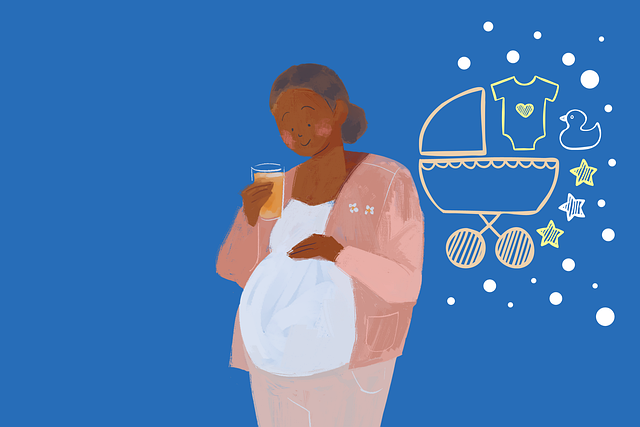In the aftermath of violent attacks, such as the stabbings on the Portland MAX train and the London Bridge incident, it’s striking to observe the differing narratives surrounding the attackers. In many cases, white extremists are quickly labeled as “mentally ill,” while the perpetrators of similar violence from other racial backgrounds seem to be categorized as simply “evil.” This pattern has become a troubling aspect of how we discuss terrorism in America.
Take, for instance, individuals like Jacob Harris, who committed mass shootings and was often portrayed as a victim of a failing mental health system. Media narratives tend to focus on mental illness in cases involving white shooters like Harris, who killed several people during a racially charged attack. Conversely, when discussing attackers from minority backgrounds, such as those who drove vehicles into crowds or engaged in stabbings, the conversation rarely touches on potential mental health issues. Instead, these individuals are often branded as “thugs” or simply “evil,” with little exploration into their psychological state.
This discrepancy raises important questions. Why do we instinctively seek explanations in terms of mental health when the perpetrator is white, yet resort to more simplistic, moralistic interpretations when they are not? For example, while Jacob Harris and his counterpart, Lucas Smith, both committed horrific acts of violence fueled by their extremist ideologies, the discussions around their motivations and mental states diverged sharply due to their racial identities.
Both Harris and Smith were driven by extremist beliefs—Harris by a radical ideology rooted in white supremacy, and Smith by an equally dangerous, radicalized perspective. Yet, the media and public discourse often framed the former as a troubled individual needing help, while the latter was seen as a clear representation of evil. This duality in narrative suggests a bias that is deeply entrenched in societal perceptions of race and violence.
It’s critical to recognize that radicalization affects individuals regardless of their race or creed. Both white and brown individuals who commit acts of terrorism are influenced by ideologies that distort their understanding of humanity. It’s crucial that we broaden our perspective to see that the psychological impact of radicalization is not exclusive to one group.
Moreover, the notion that white terrorists are merely “outliers” allows us to overlook the systemic factors that contribute to their actions. Historically, white extremists have terrorized marginalized communities in the U.S., often operating within a framework of accepted racism rather than mental illness. Many of these individuals are not clinically insane; rather, they are motivated by hate and have found community support that fuels their violent tendencies.
To effectively combat the threat of extremism, we must address the radicalization of young white men alongside that of individuals from minority backgrounds. These individuals are not isolated cases; they often belong to networks and organizations that perpetuate hate. Their radicalization is akin to that of jihadists, and we must recognize that both pose a significant danger to society.
If we are alarmed by radicalized Islamic extremists who commit acts of violence, we should be equally concerned about radicalized white extremists who have easy access to firearms. The framework through which we analyze these individuals’ actions must be consistent—extremism is extremism, and violence is violence, regardless of the perpetrator’s background.
In conclusion, we need to reevaluate how we discuss and understand acts of terrorism. The biases in our narratives only serve to perpetuate harmful stereotypes and distract from the real issues at hand. Acknowledging that all acts of mass violence stem from radical ideologies, and that all perpetrators may be suffering from a profound disconnection from humanity, is crucial. It’s time we hold all individuals accountable to the same standards, regardless of their race or background.
For those interested in understanding the complexities of family planning, you might find this resource on at-home insemination kits quite valuable. If you’re looking for more insights into topics of pregnancy and fertility, check out the article from Modern Family Blog, which offers a well-rounded perspective. Additionally, for those exploring options for fertility treatments, Johns Hopkins Medicine is an excellent resource to consider.
